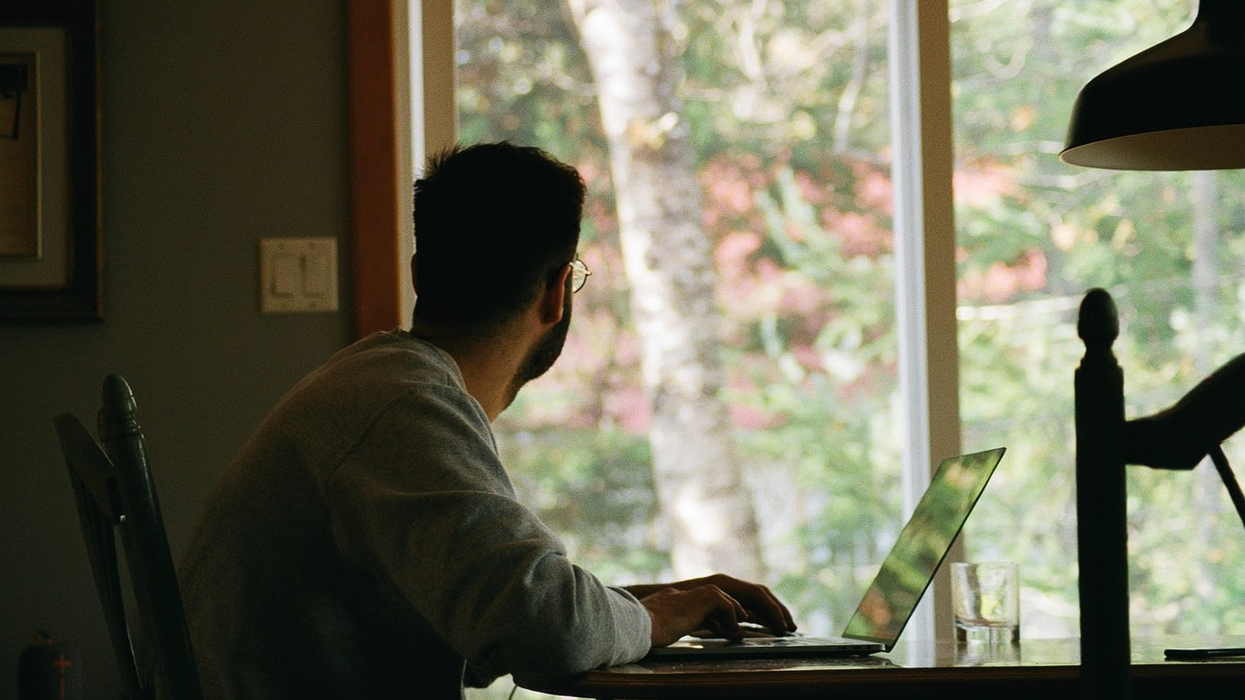The COVID-19 pandemic has definitely affected society in more ways than one. It has also managed to dramatically affect certain parts of the world more than others. In particular, India has taken on the biggest hit in terms of the number of COVID cases worldwide. This is mostly due to the fact that India is one of the most densely populated nations in the world. This is also despite the fact that India has one of the most advanced medical communities as well. The pandemic has hit the country hard in so many different ways.
For one, there is the obvious toll that it’s taking on the physical health of the people. Hundreds of thousands of Indians have died because of the virus. Aside from that, the economy has taken a terrible hit. With strict lockdowns and quarantines in place, many aspects of Indian commerce have come to a grinding halt. Restaurants. Hotels. Tourist spots. Malls. Any kind of business that requires heavy foot traffic or physical human interaction has been finding it difficult to stay afloat. However, there is also one last thing that many people tend to take for granted when it comes to thinking about the effects that the pandemic has had on peoples’ lives: mental health.
When people were forced to stay indoors as a way to curb the spread of the virus, many people were able to adjust almost instantly. However, just as many people have had a difficult time adjusting to the pace of just staying at home all the time. It’s a very different kind of energy from how society typically functions and it has definitely taken its toll on many. Not everyone has found it easy to adjust to a life of just constantly staying at home all the time. In this article, we are going to go over some of the ways that people have been coping with the lockdown.
Reading
One particular activity that many people have started to do while on lockdown is reading. Typically, reading is seen as that one activity that many people want to engage in, but they think that they never have the time for it. However, with everyone on lockdown, more and more people have turned to books as a source of entertainment and leisure. This includes both fiction and non-fiction reads.
Streaming/Content Consumption
Aside from reading, many people have flocked to sites like YouTube, Netflix, Amazon Prime Video, and HBO Max as a way to consume all of their favorite video content. Movie theaters have been closed and so people have just settled on watching their favorite films on these streaming apps. Aside from that, people have been gouging to Spotify for their favorite music and podcasts. On top of all that, people haven’t just been consuming content anymore. Many individuals actually used the pandemic as an opportunity for them to try their own hands at producing their own content.
Fitness
Of course, one of the key aspects of protecting oneself from a virus is to stay fit and healthy. That’s why it should come to no one’s surprise that many individuals turned to fitness as a way to keep themselves safe from the harsh effects of the virus. Studies have shown that fit and healthy people were 550% less likely to die from COVID-19 than those who didn’t maintain a fit and active lifestyle.
Online Gaming
Statistics have also shown that many people all over the world have turned to mobile gaming as a way to ease their stresses and anxieties while on lockdown. One of the most popular games that people have been playing online are online roulette games. Of course, people still love to gamble. However, casinos are closed. Fortunately, online casinos have been doubling down on expanding their operations to allow for people to still play their favorite casino games even when they’re stuck at home.
Cooking/Baking
While others have been getting busy working out while on lockdown, many others have been getting busty in the kitchen. So many peolpe have chosen to develop their culinary skills throughout the course of the pandemic. After all, so many of their favorite restaurants remained closed and unavailable to them. Many were pushed to try to get creative with the food that they were cooking in order to compensate.












